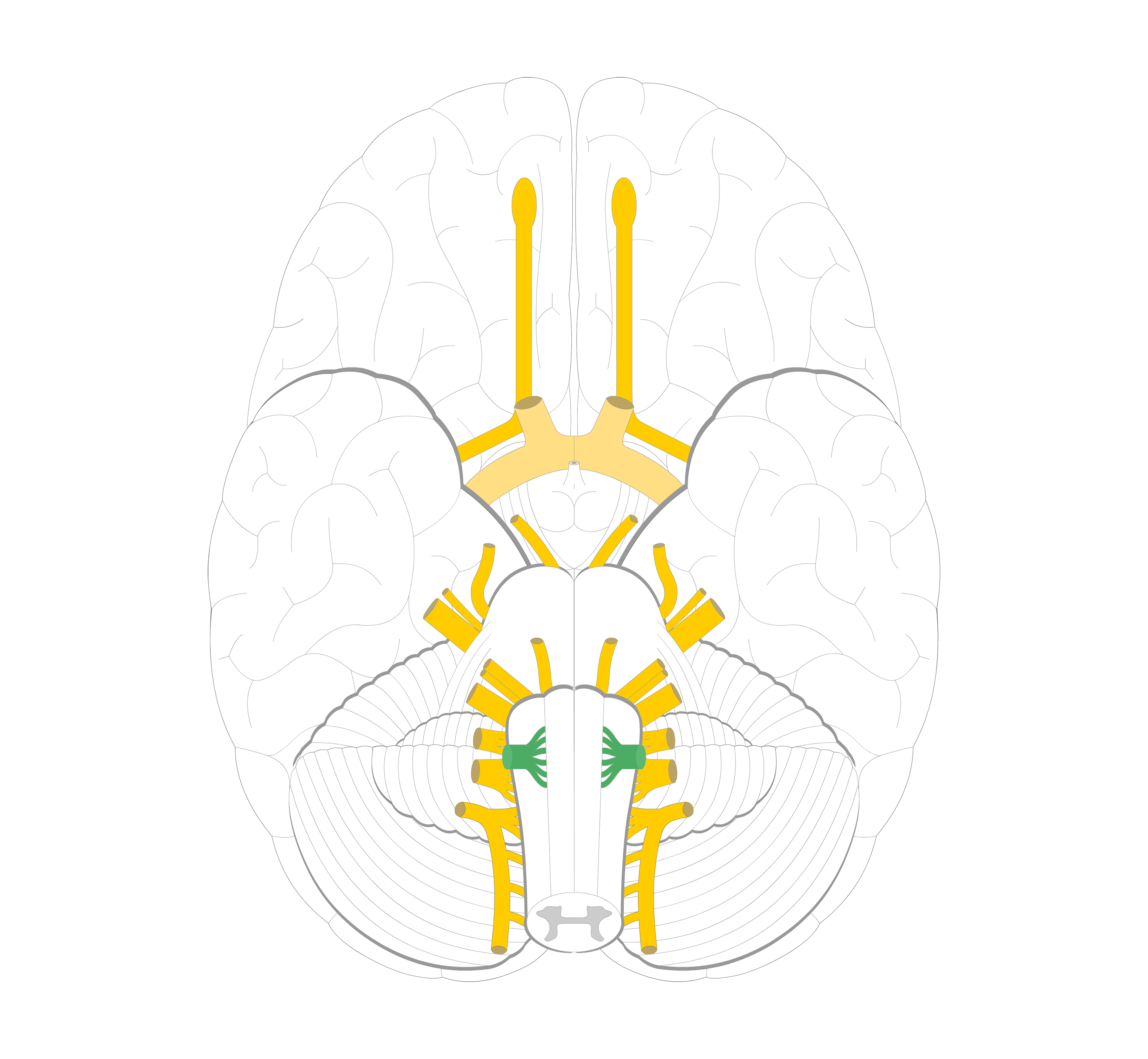Anatomy & Physiology (LAB 7 & 8a) - CNS & Cranial Nerves
1/46
Earn XP
Description and Tags
structures of the brain & cranial nerves
Name | Mastery | Learn | Test | Matching | Spaced |
|---|
No study sessions yet.
47 Terms
frontal lobe
movement of the body, personality, concentration, planning, problem solving, meaning of words, emotional reactions, speech, & smell
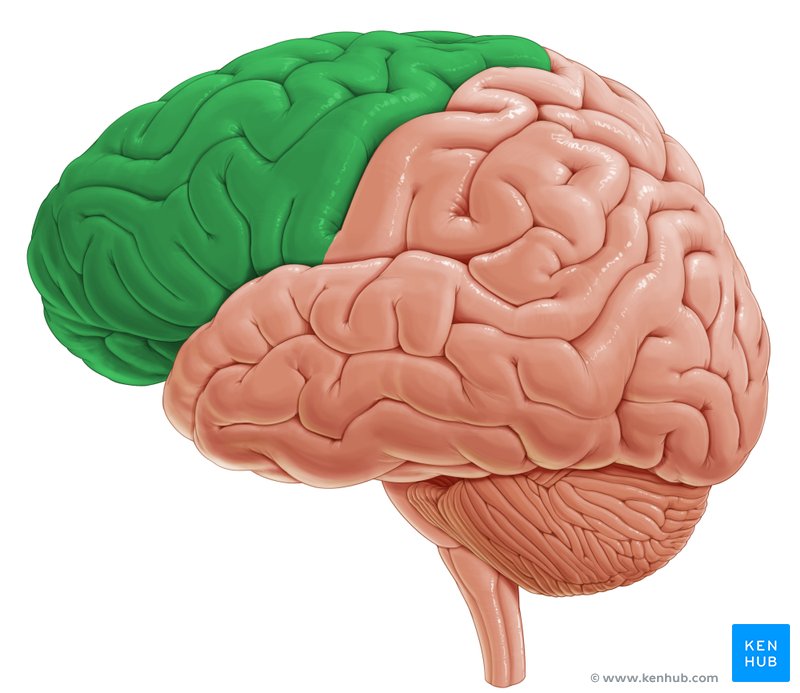
parietal lobe
touch and pressure, taste, & body awareness
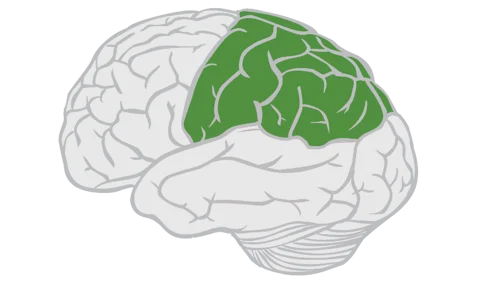
temporal lobe
hearing, recognizing faces, emotion, & long-term memory
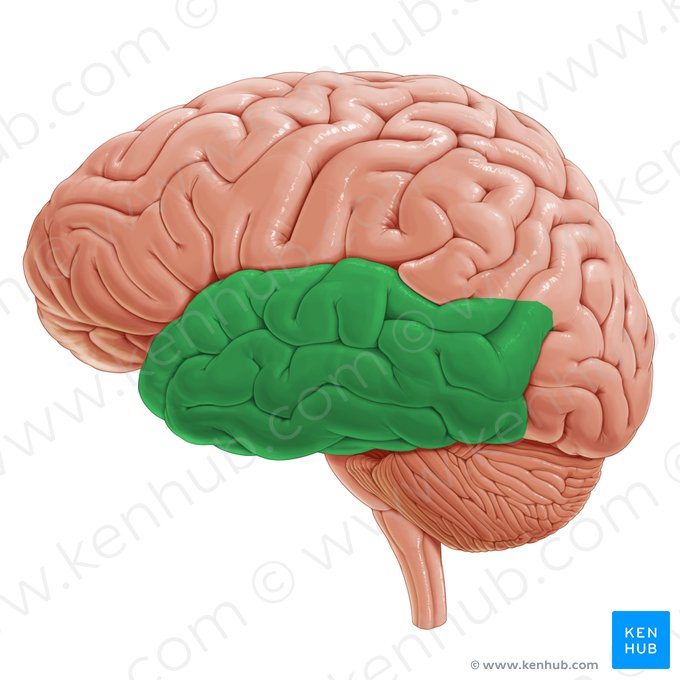
occipital lobe
sight
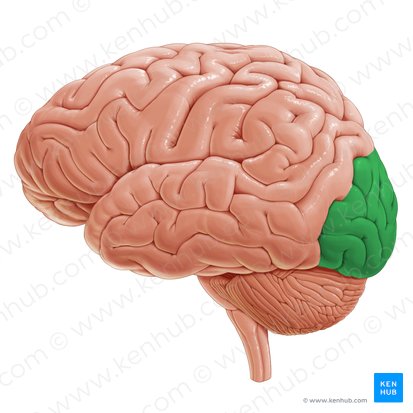
insula (central lobe)
gustation, visceral functions, & vestibular senses
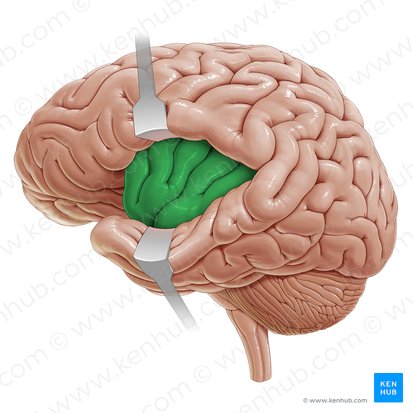
cerebellum
“little brain” balance & coordination & fine motor control
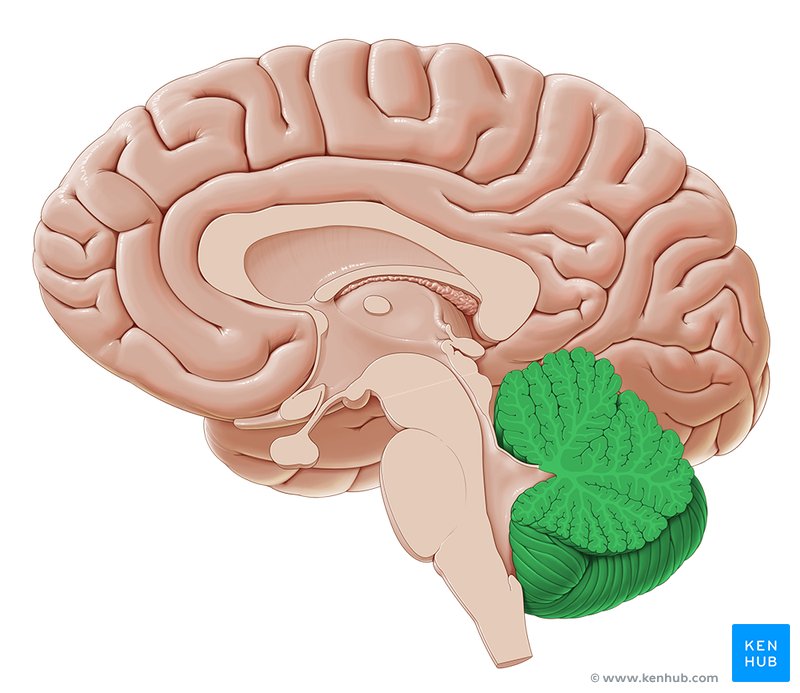
limbic lobe
controls emotions like happiness, sadness, and love
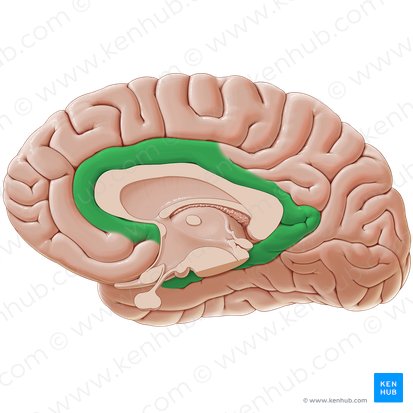
cingulate gyrus
part of limbic system; choice & control over one’s emotions & actions, “will” & determination
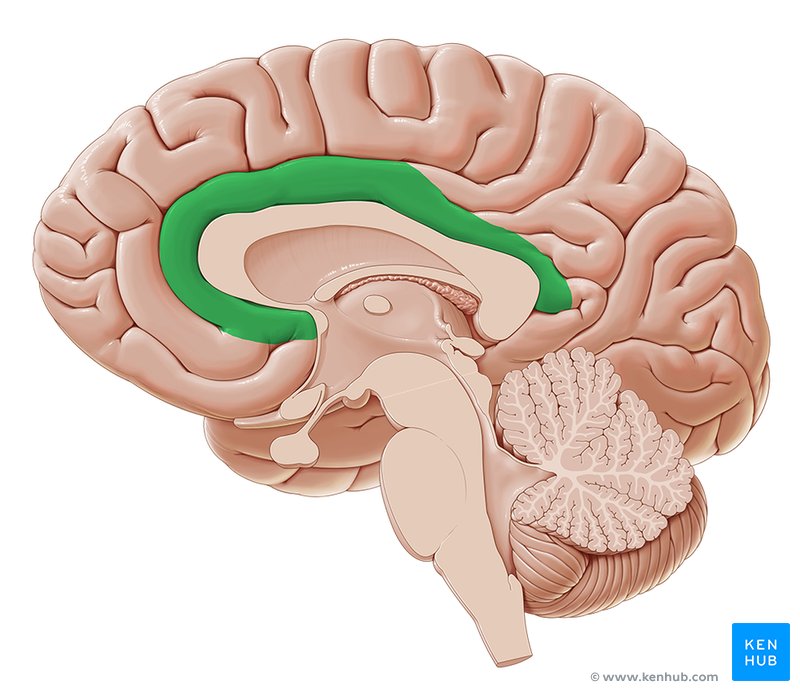
thalamus
part of diencephalon; major sensory relay/receiver
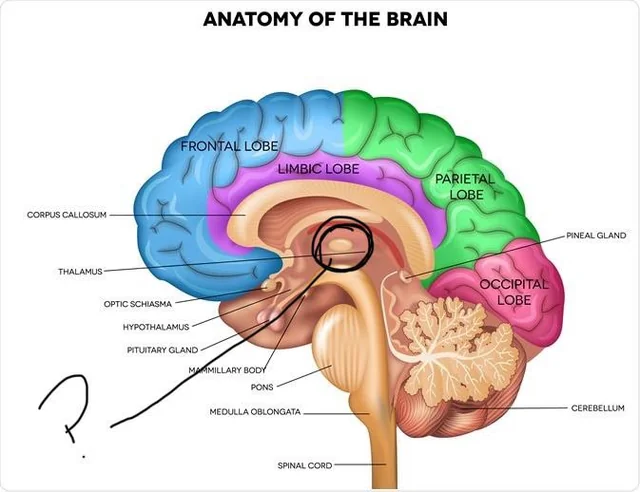
midbrain
part of brain stem; startle reflex, vision & hearing
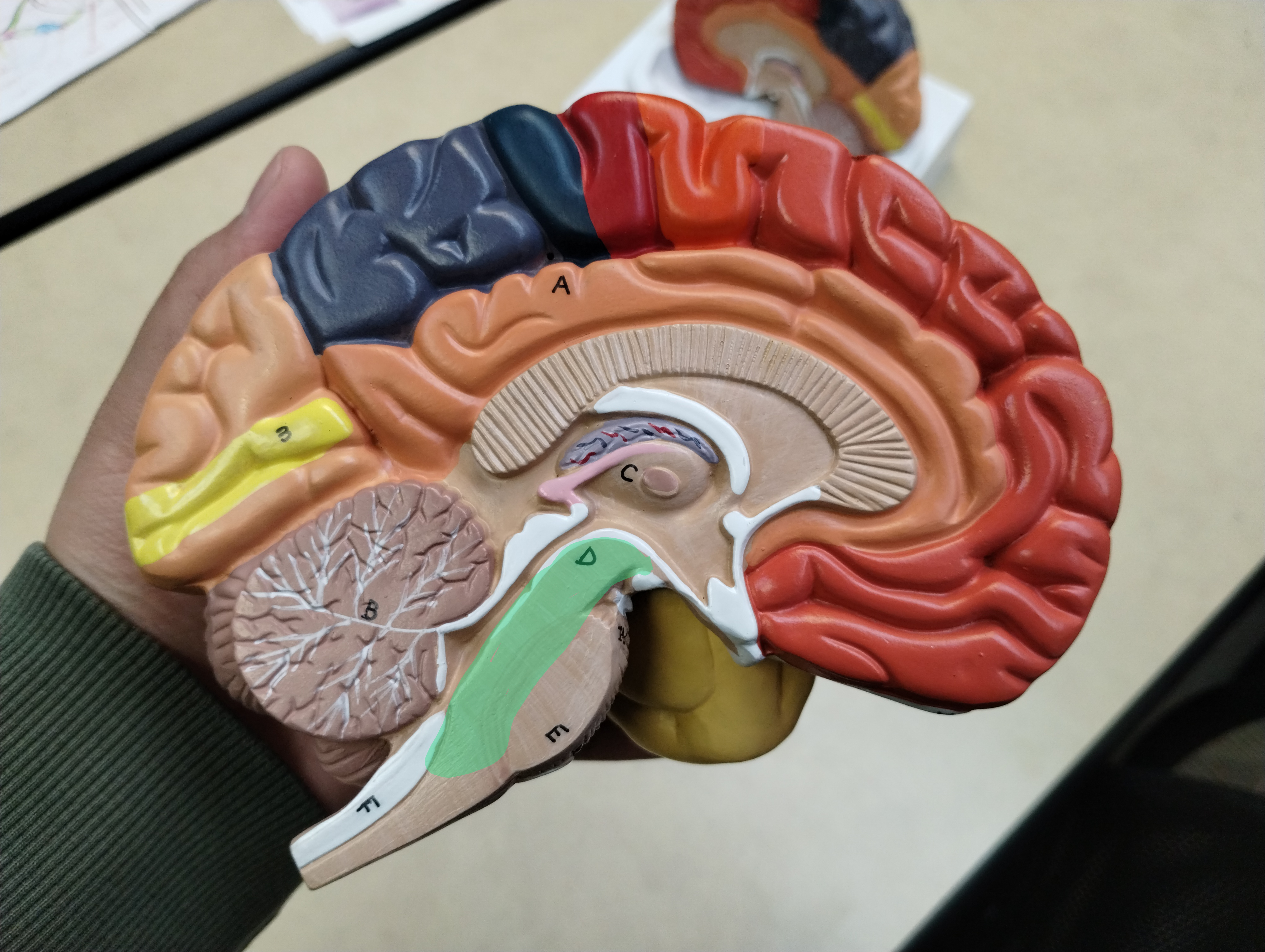
pons
part of brain stem; breathing, REM, urination
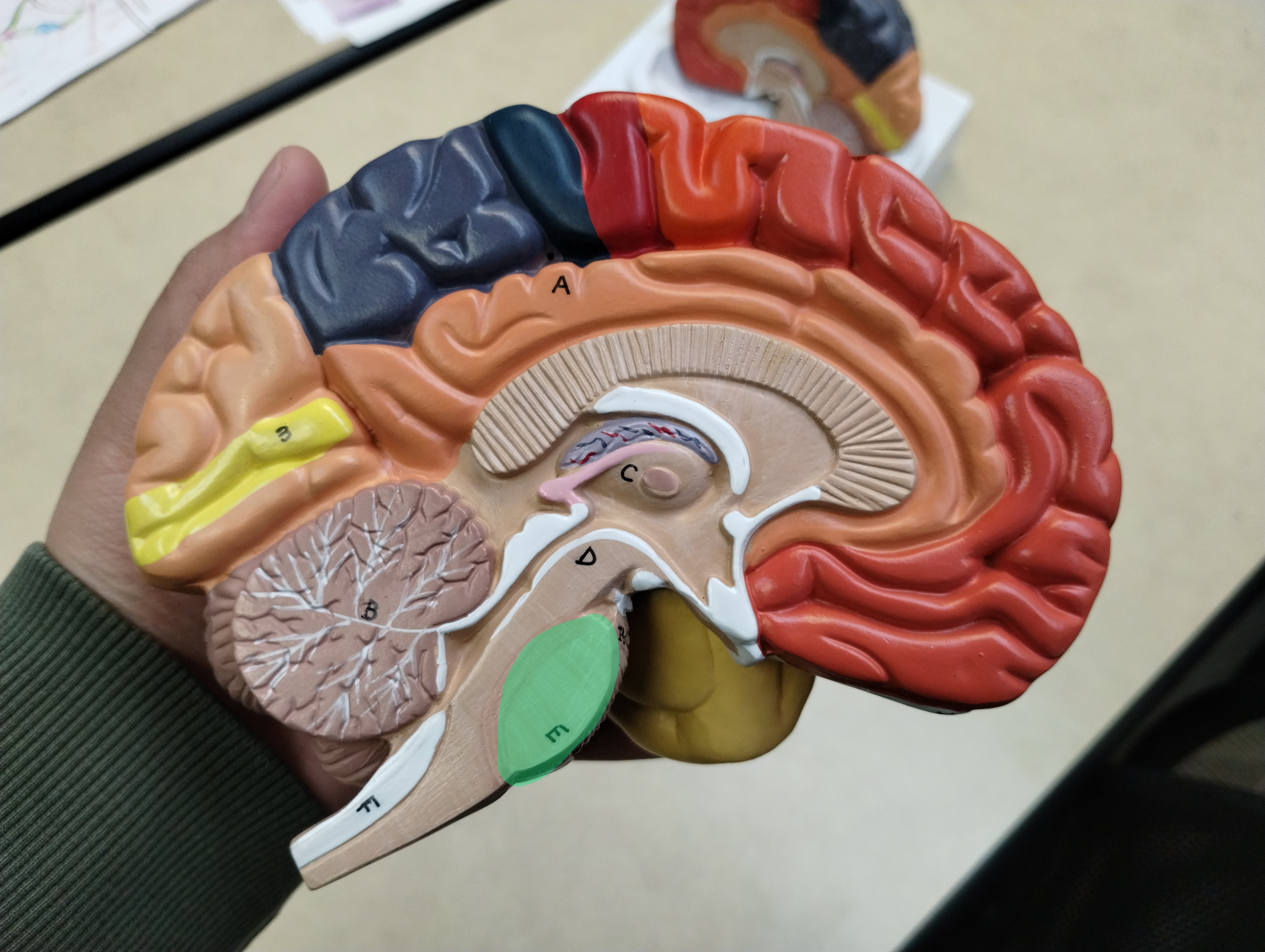
spinal cord
conveys the information between the brain and the periphery
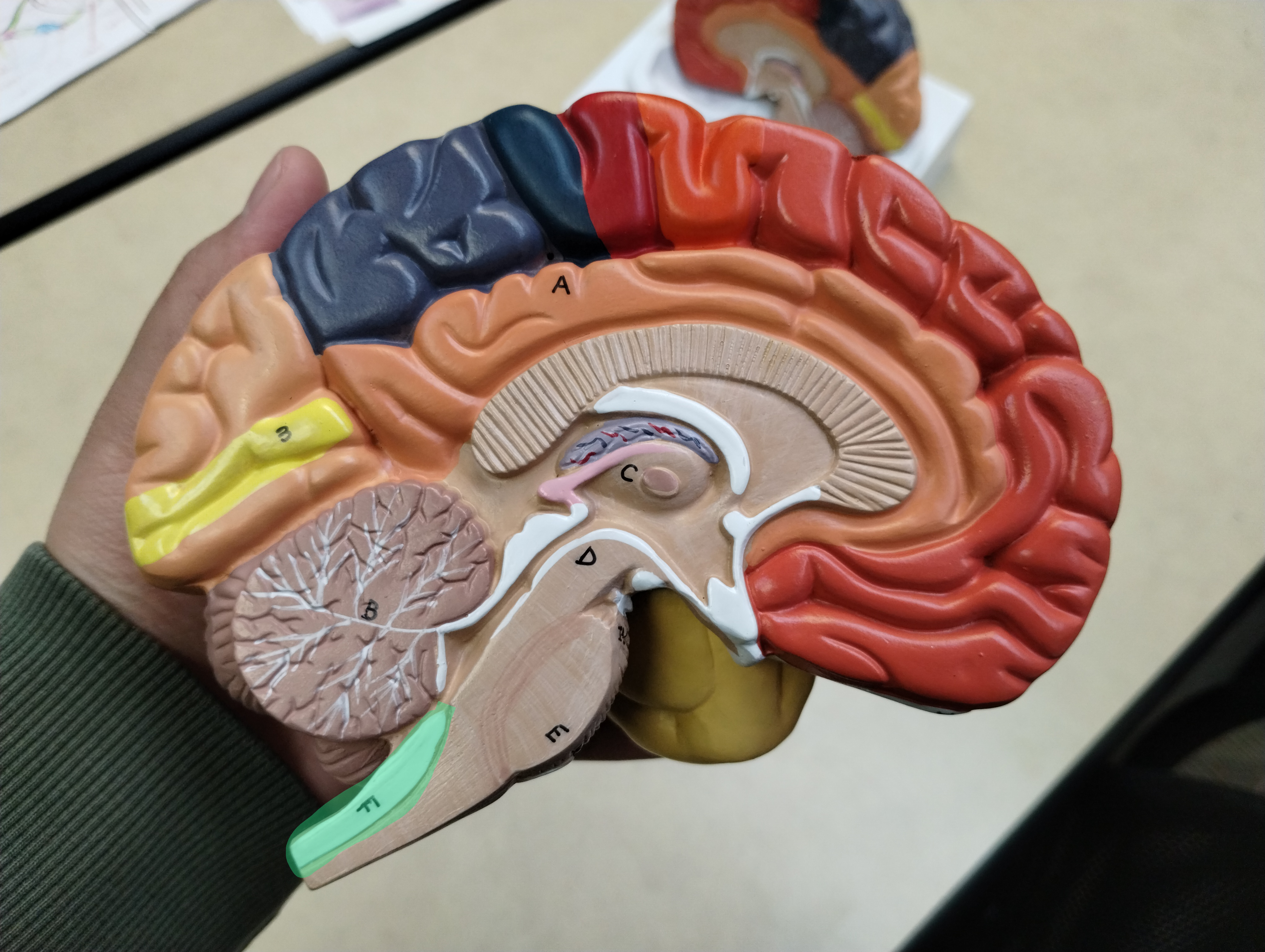
corpus callosum
inferior to cingulate gyrus
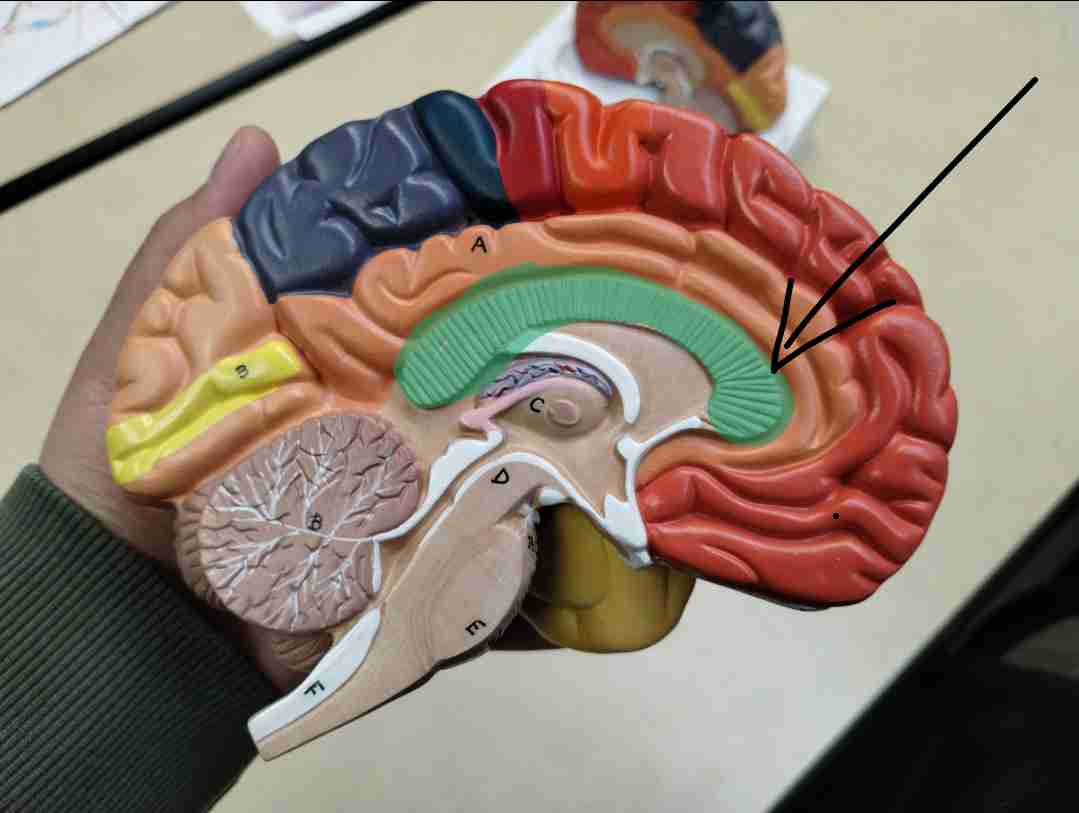
primary visual cortex
part of occipital lobe; vision & visual association areas
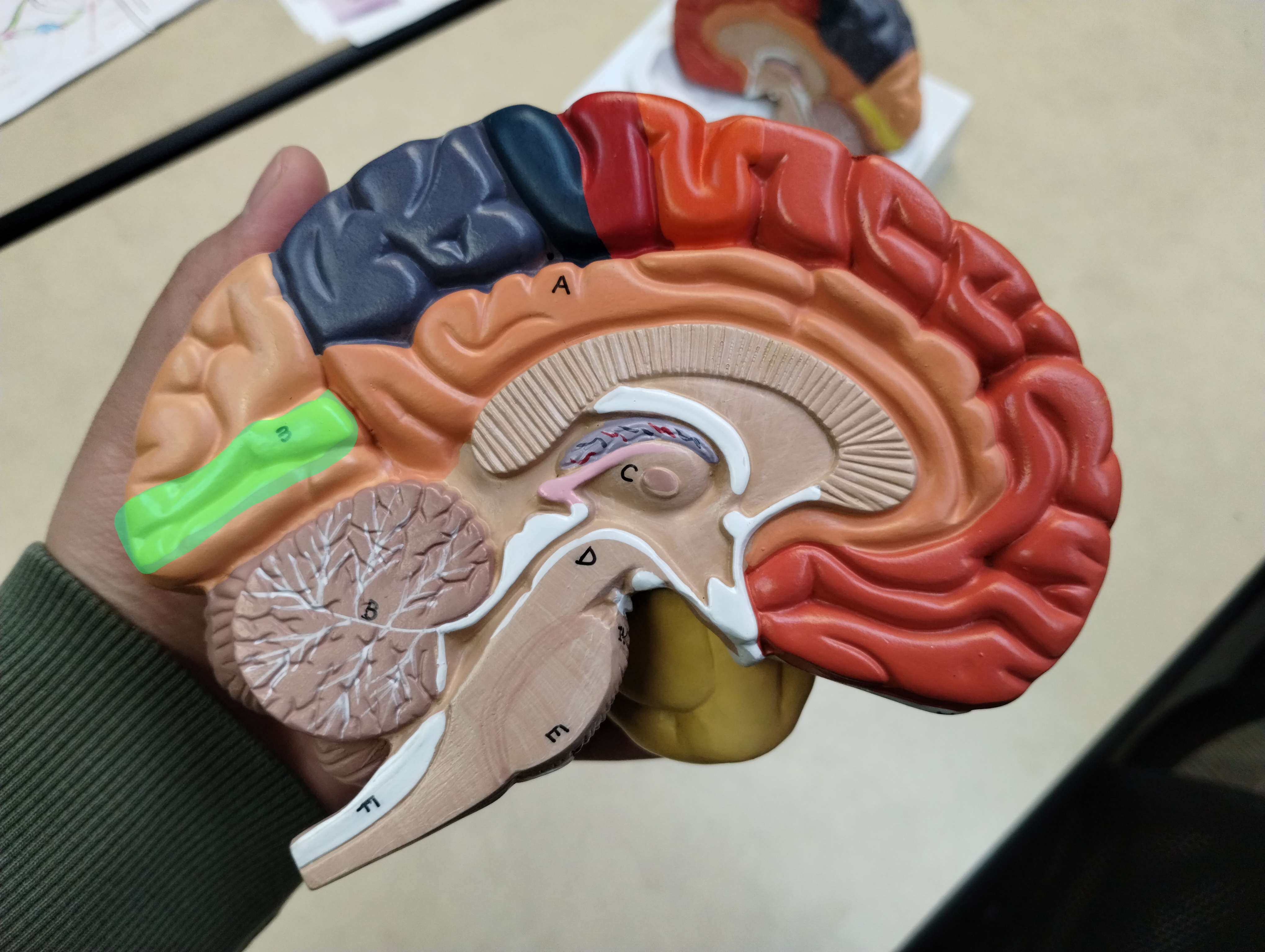
primary motor cortex/precentral gyrus
motor homonculus
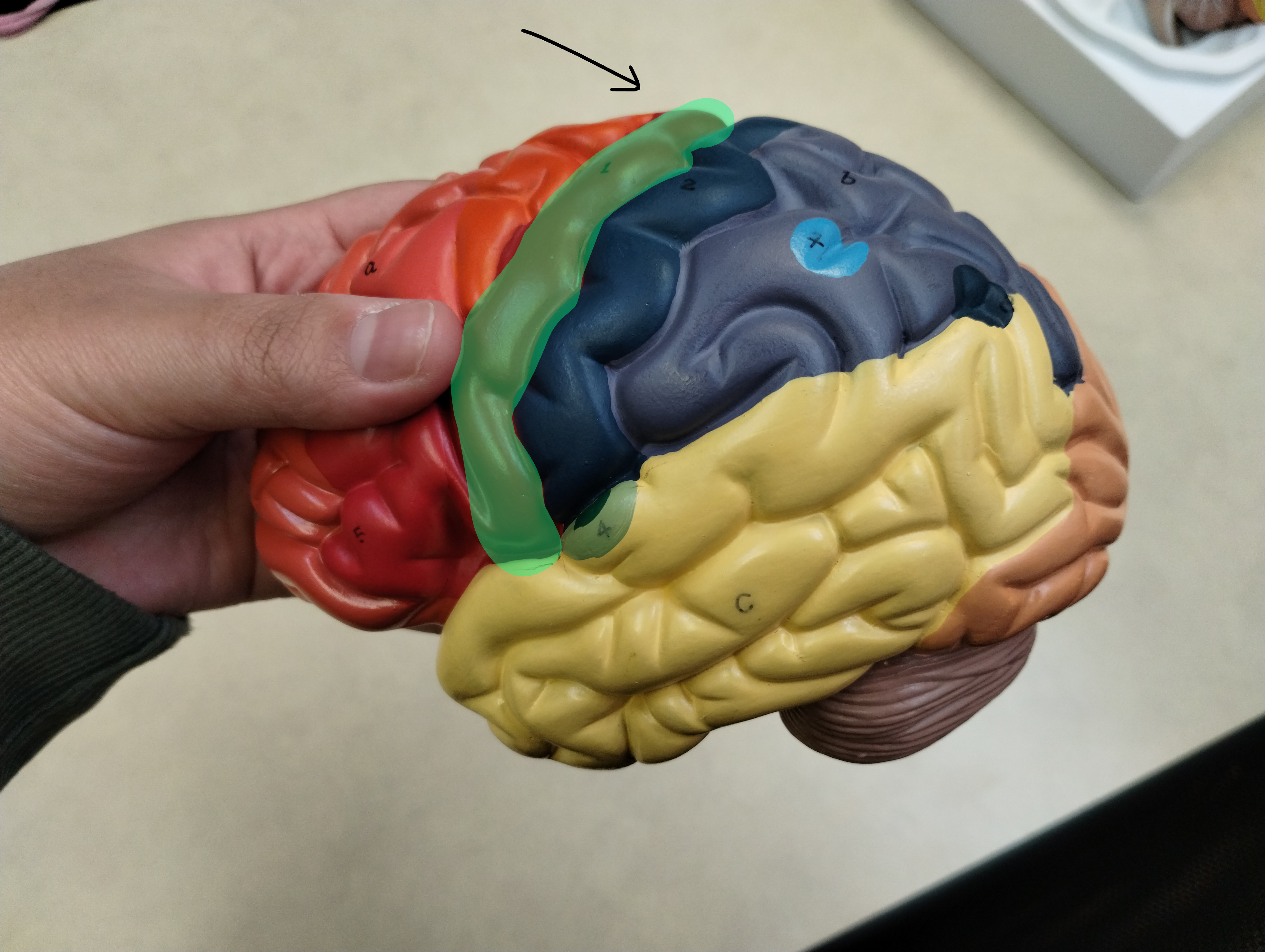
somatosensory cortex/postcentral gyrus
part of parietal lobe; receives and processes sensory information
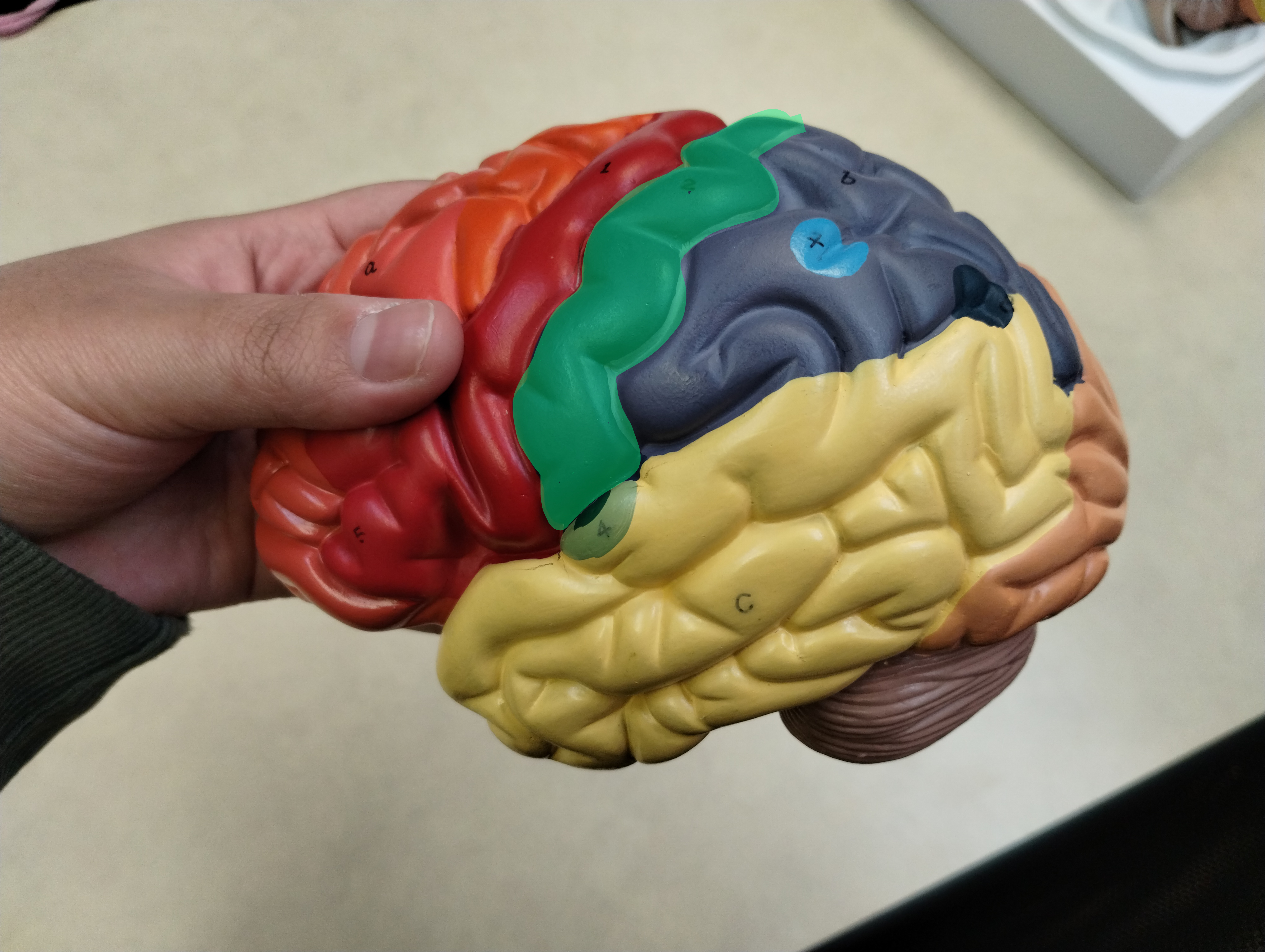
parieto-occipital sulcus
part of cerebrum; slightly vertical groove at the division between the parietal and occipital lobes
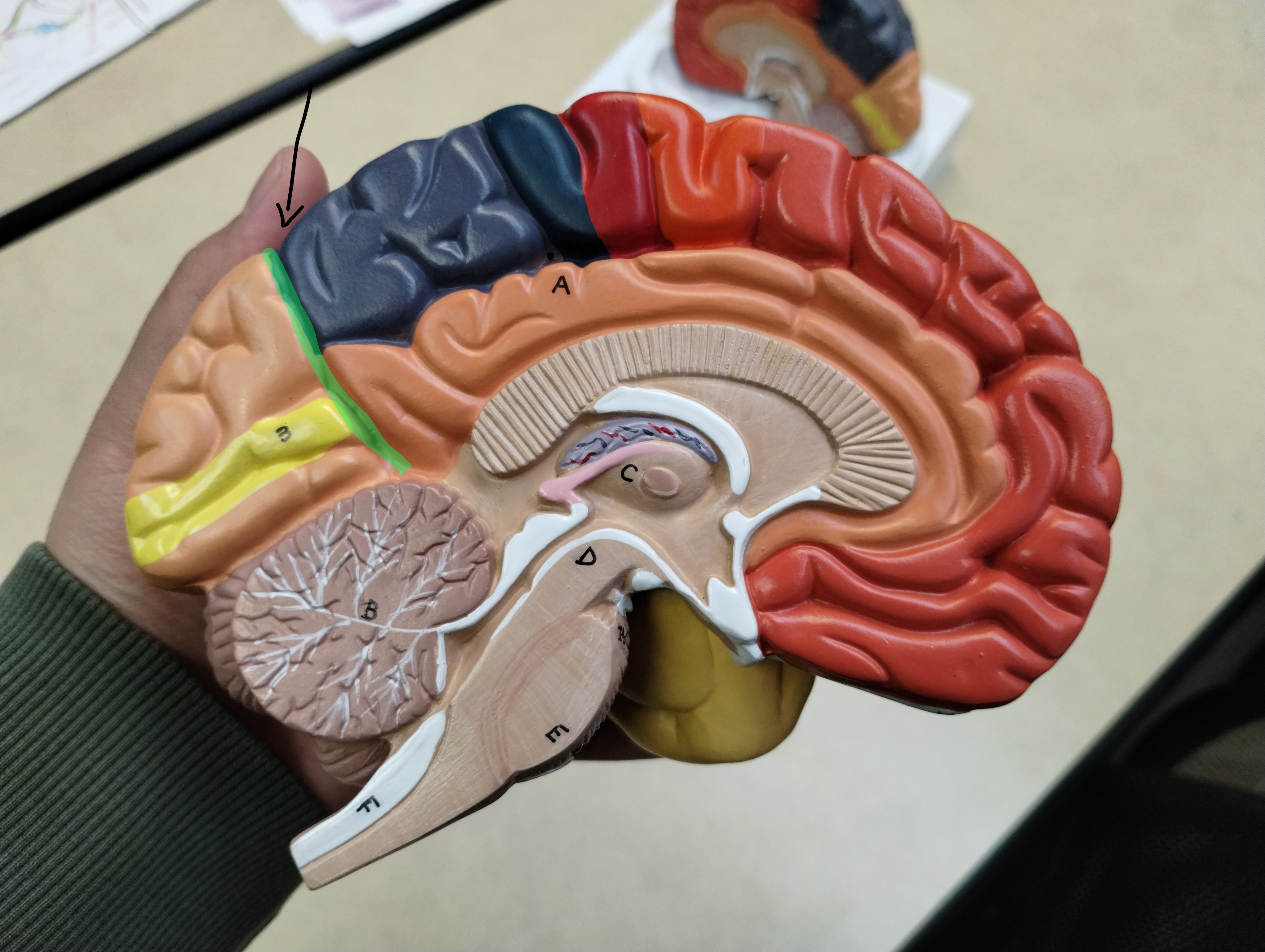
longitudinal fissure
part of cerebrum; groove that separates left/right hemispheres
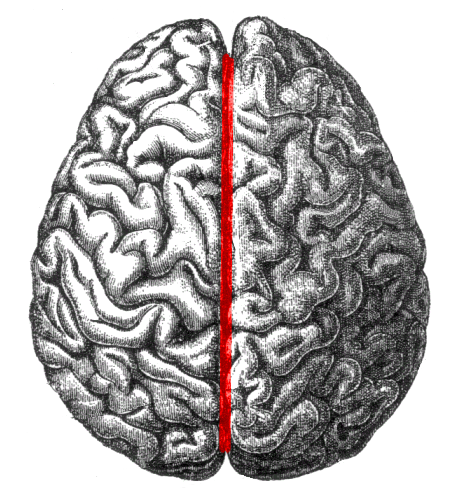
septum pellucidum
thin triangular membrane found in midline septal area of brain
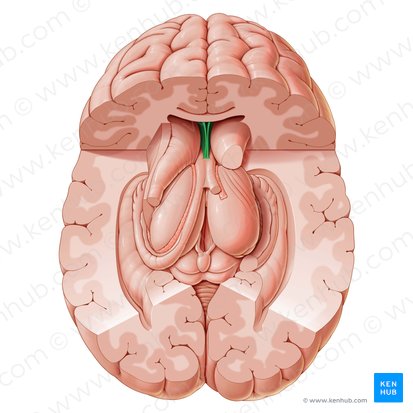
central sulcus
large sulcus of the brain located between the frontal and parietal lobes

lateral sulcus
separates the temporal lobe from the frontal and parietal lobes
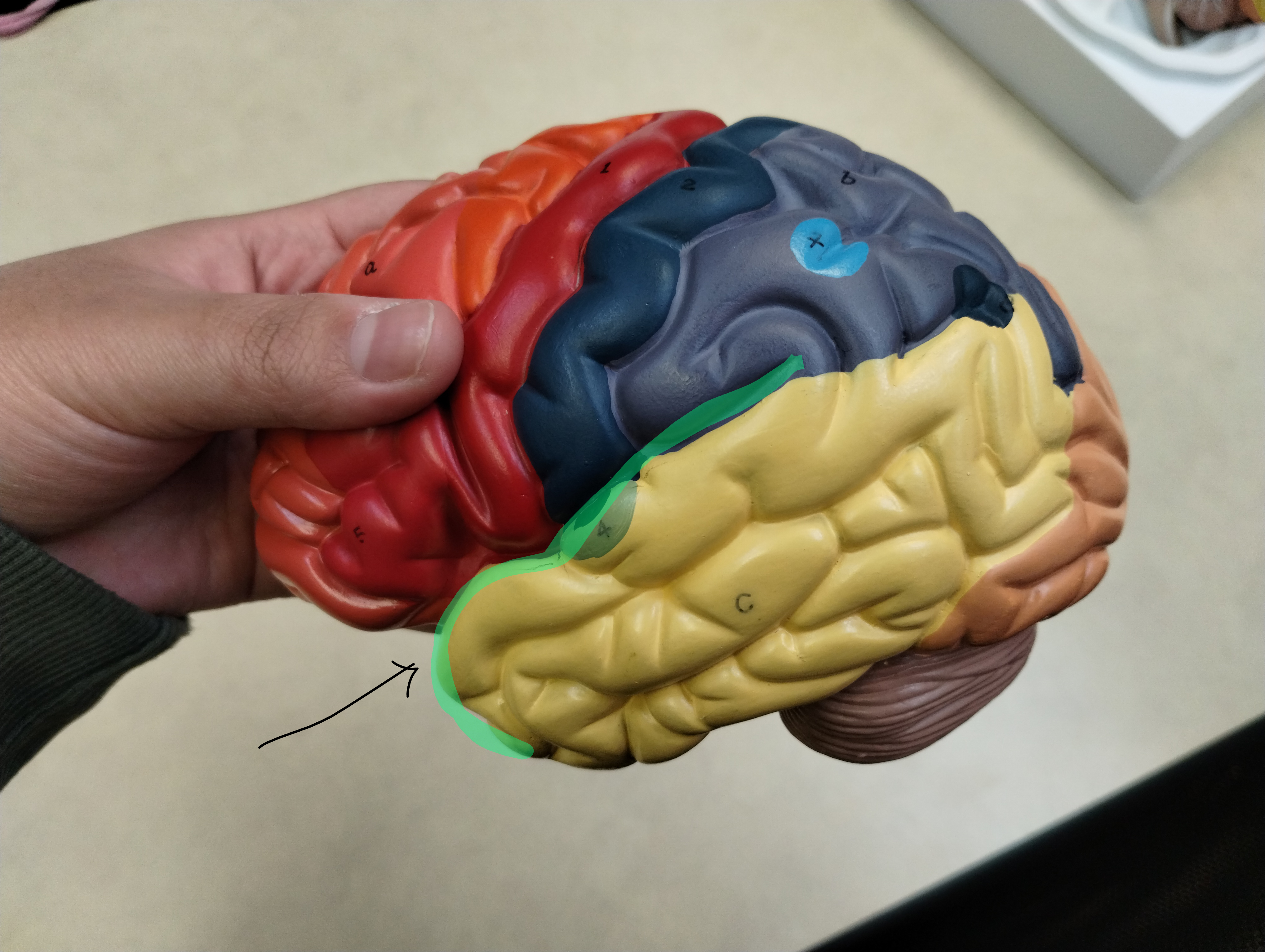
Broca's area
part of frontal lobe; speech production and articulation
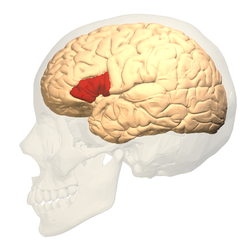
frontal eye field
voluntary eye movement
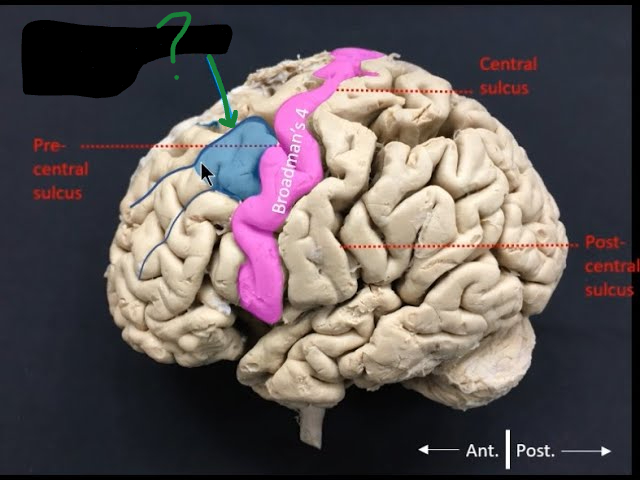
prefrontal cortex
most of frontal lobe; decision making, reasoning, personality expression and social cognition
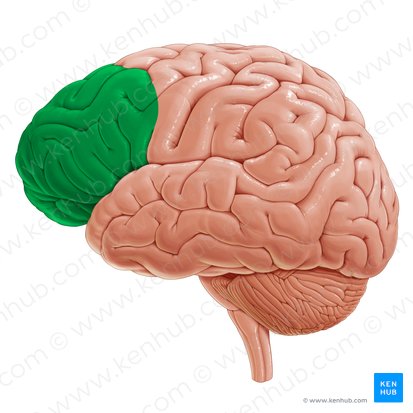
sensory homunculus
show how bodies are represented within the brain
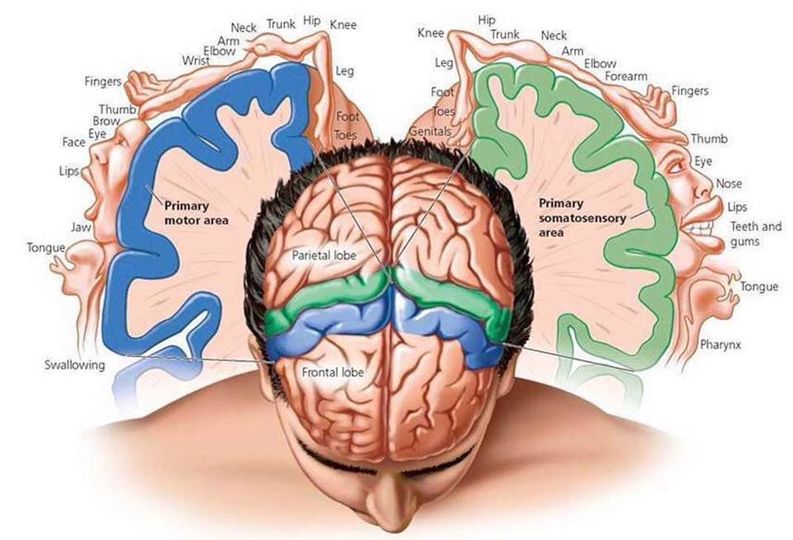
calcarine sulcus
part of occipital lobe; houses the primary visual cortex
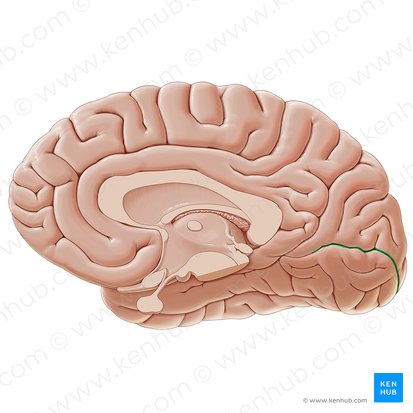
vermis
part of cerebellum; medial part of cerebellum that’s responsible for bodily posture and locomotion
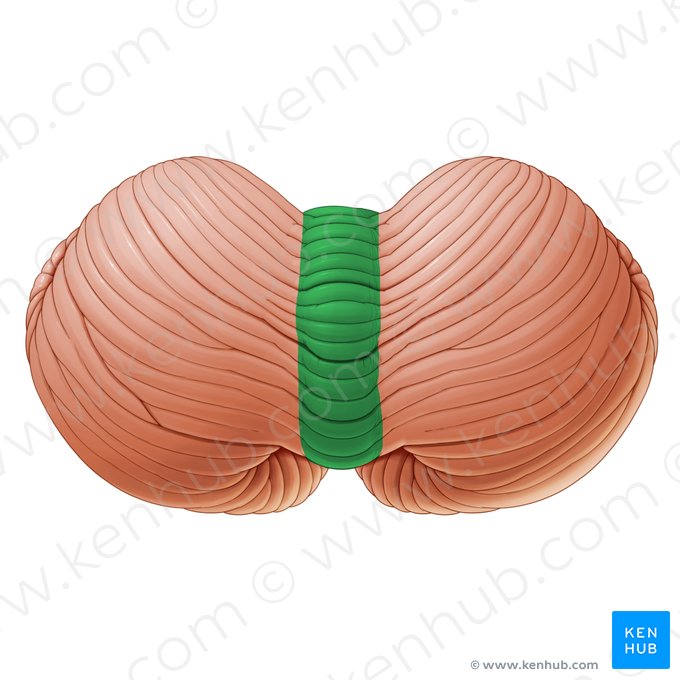
arbor vitae
part of cerebellum; “tree of life”
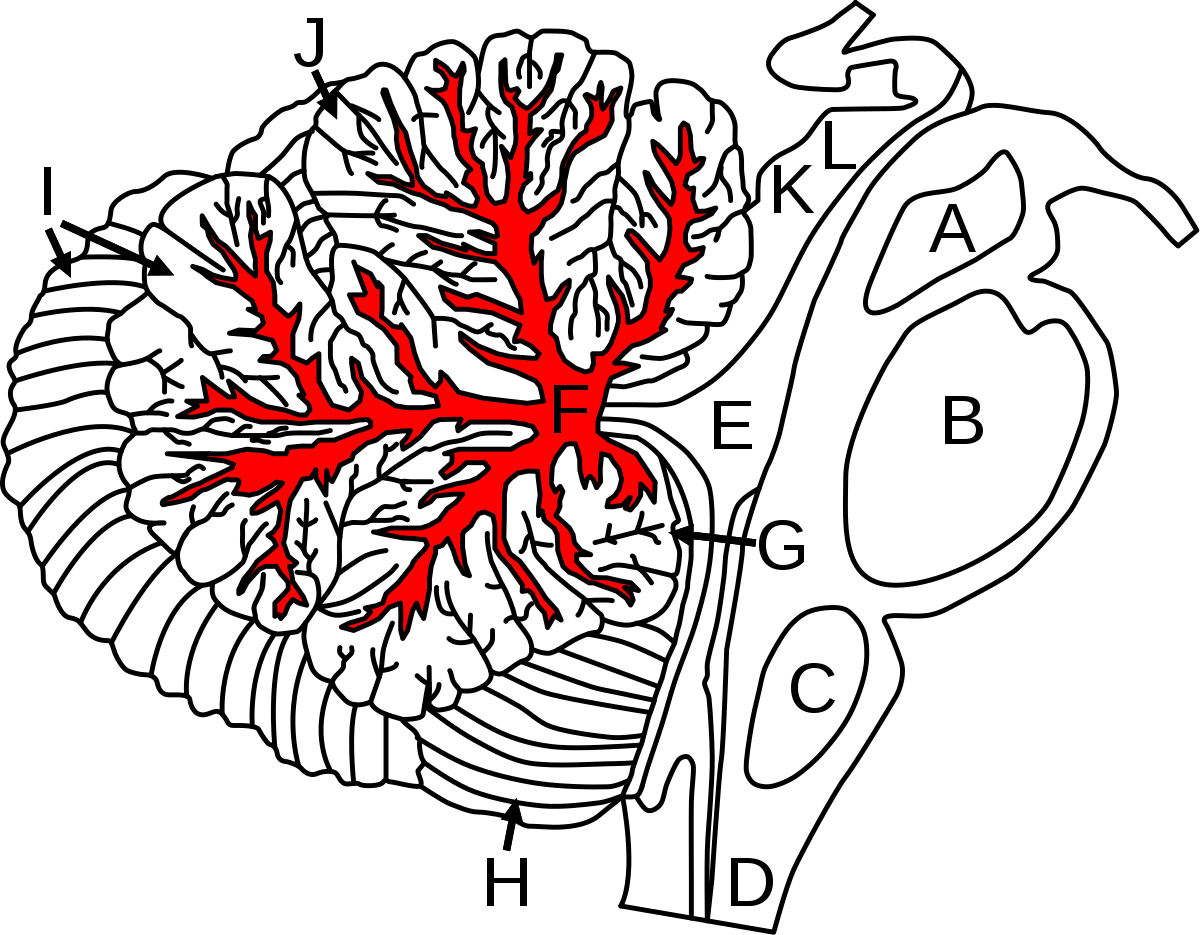
epithalamus

pineal gland
which secrete melatonin in response to darkness
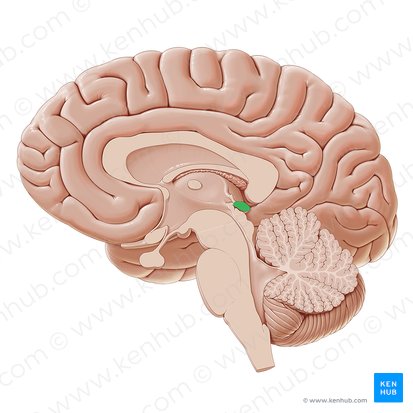
hypothalamus
part of the limbic system; emotional controls, feeding & fullness, thirst, thermoregulation, visceral sensations (true homeostasis site)
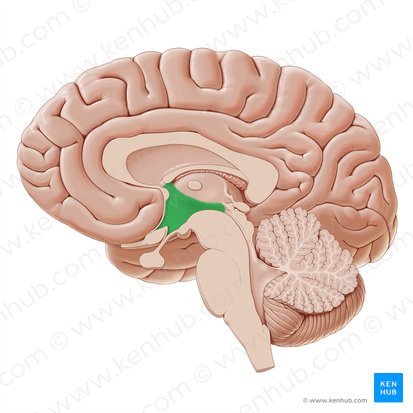
hippocampus
part of limbic system; primary site for memory & emotion
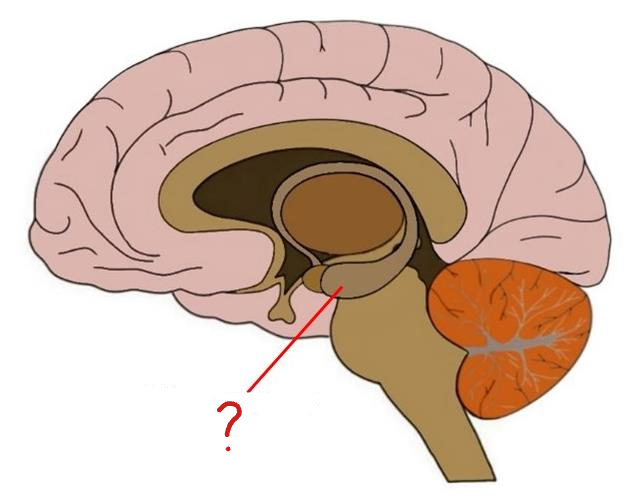
amygdala
part of limbic system; aggression, anger, anxiety, ANS, & adrenal nerve
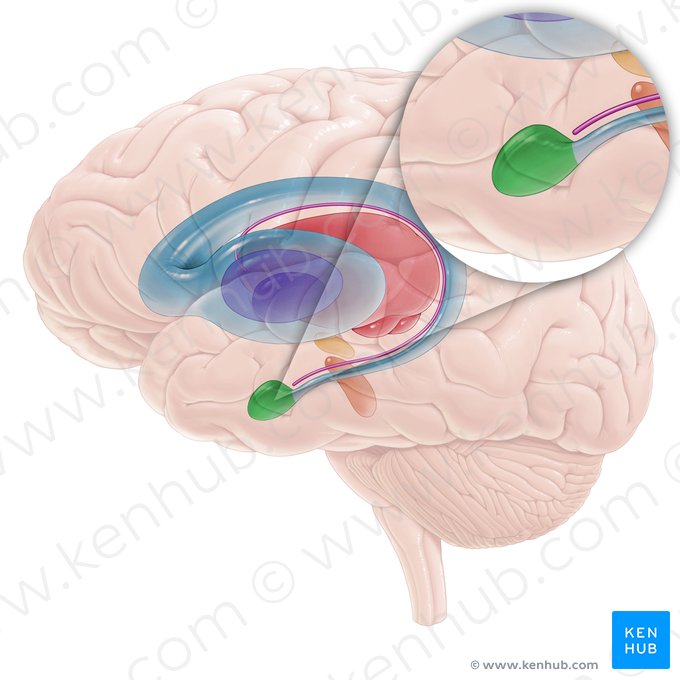
Wernicke’s area
comprehension of speech
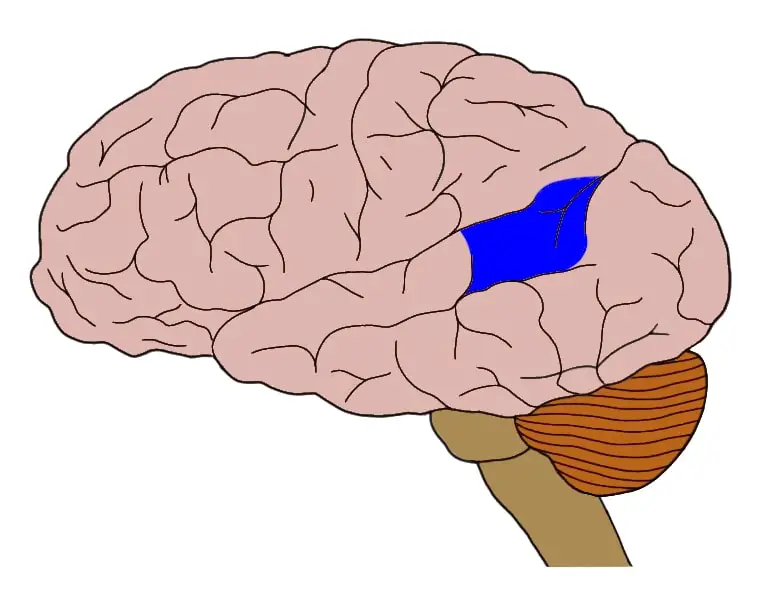
fornix
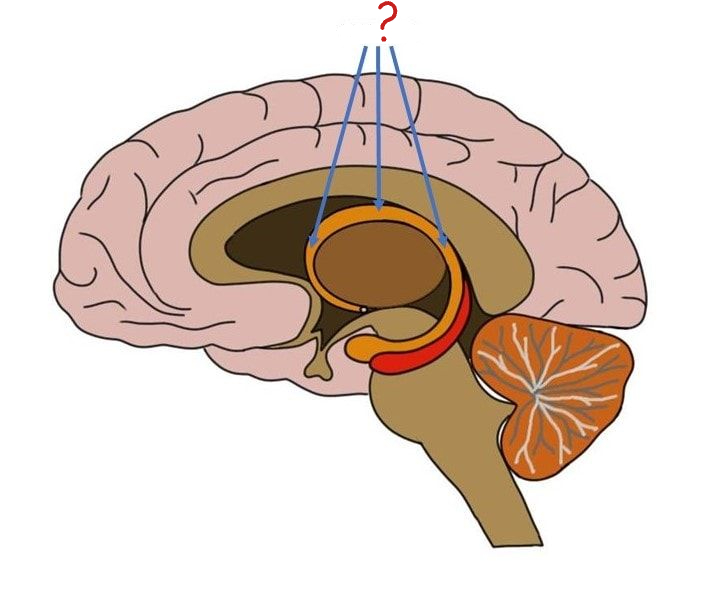
olfactory (I)
sensory only; carries impulses for olfaction to frontal temporal lobes & limbic system
Test: sniff aromics

optic (II)
sensory only; carries impulses for vision to occipital lobe
Test: Snellen eye chart
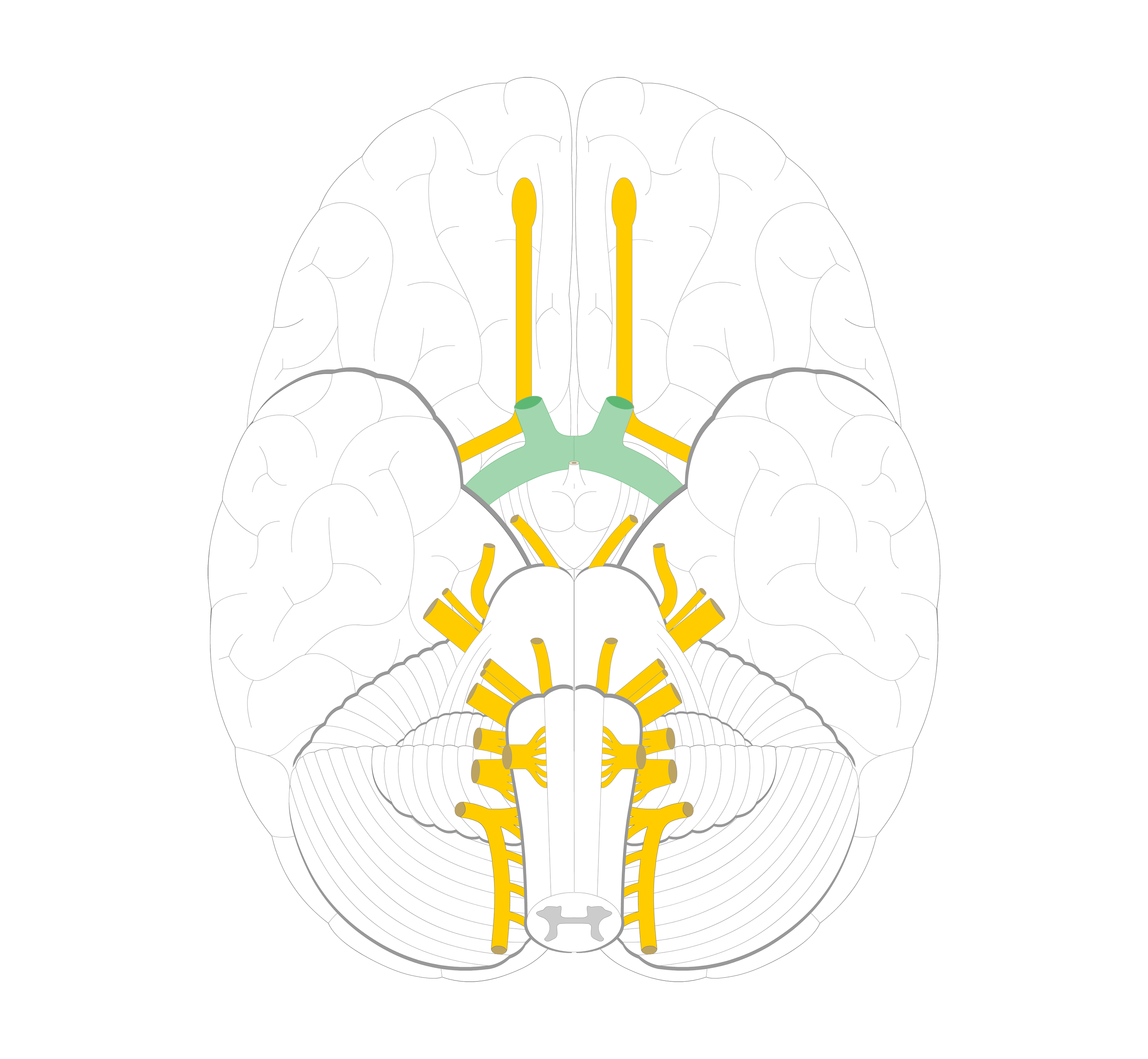
oculomotor (III)
mixed; directs eyeball & raises upper eyelid
Test: w/ IV & VI
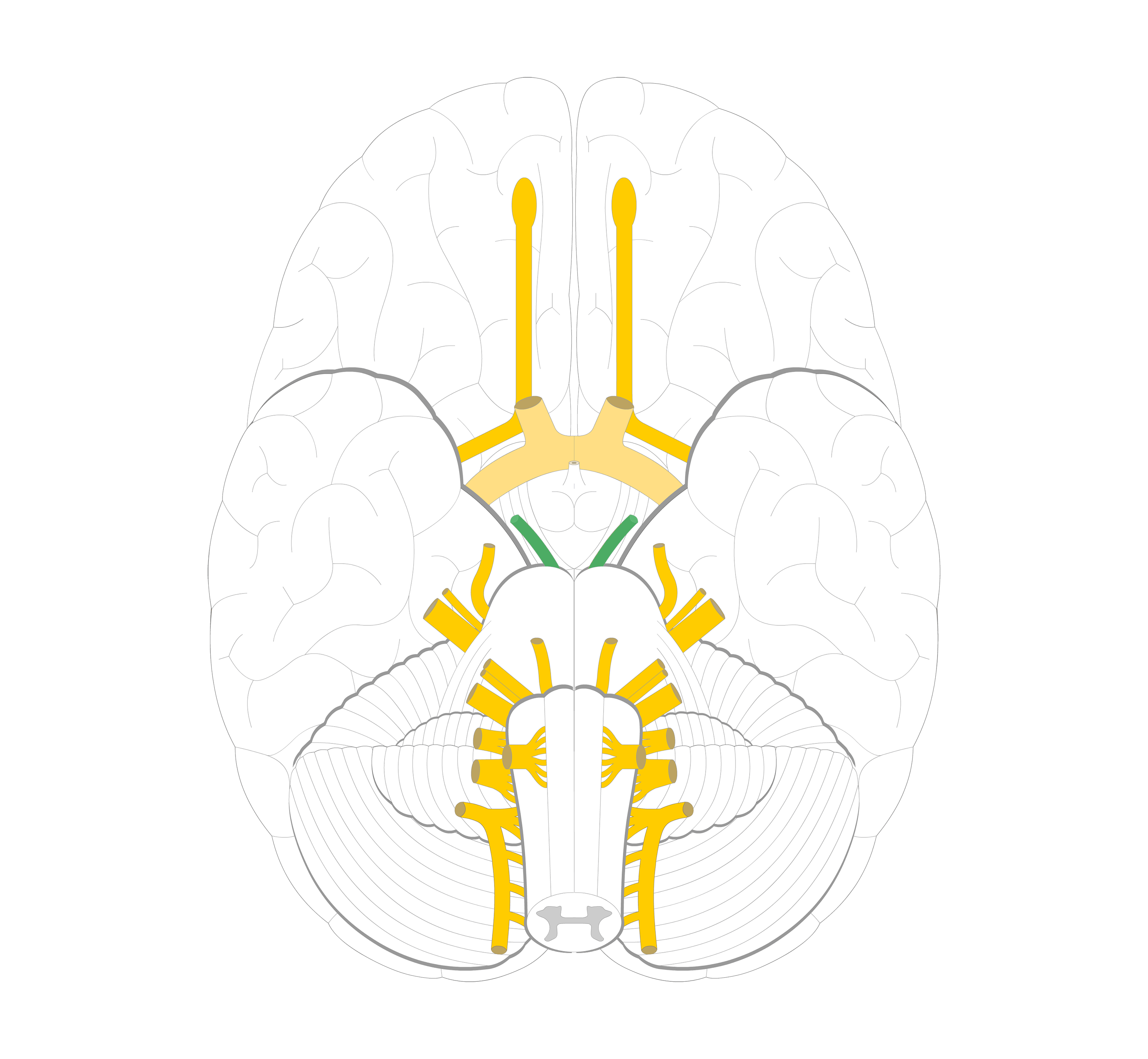
trochlear (IV)
mixed; allows precise movements of eye
Test: w/ III & VI
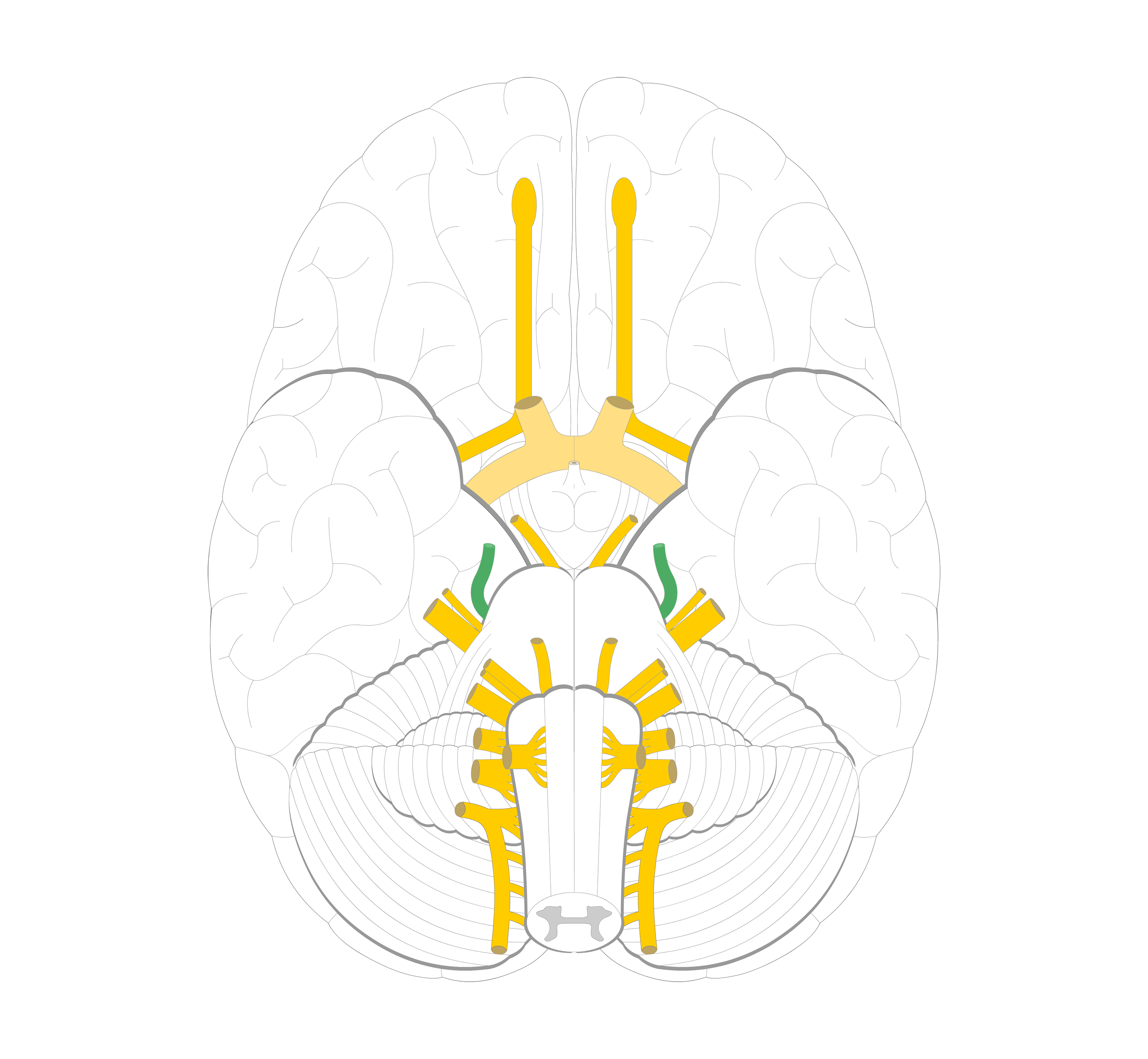
trigeminal (V)
mixed; sensory to face & chewing
Test: sharp & light touch
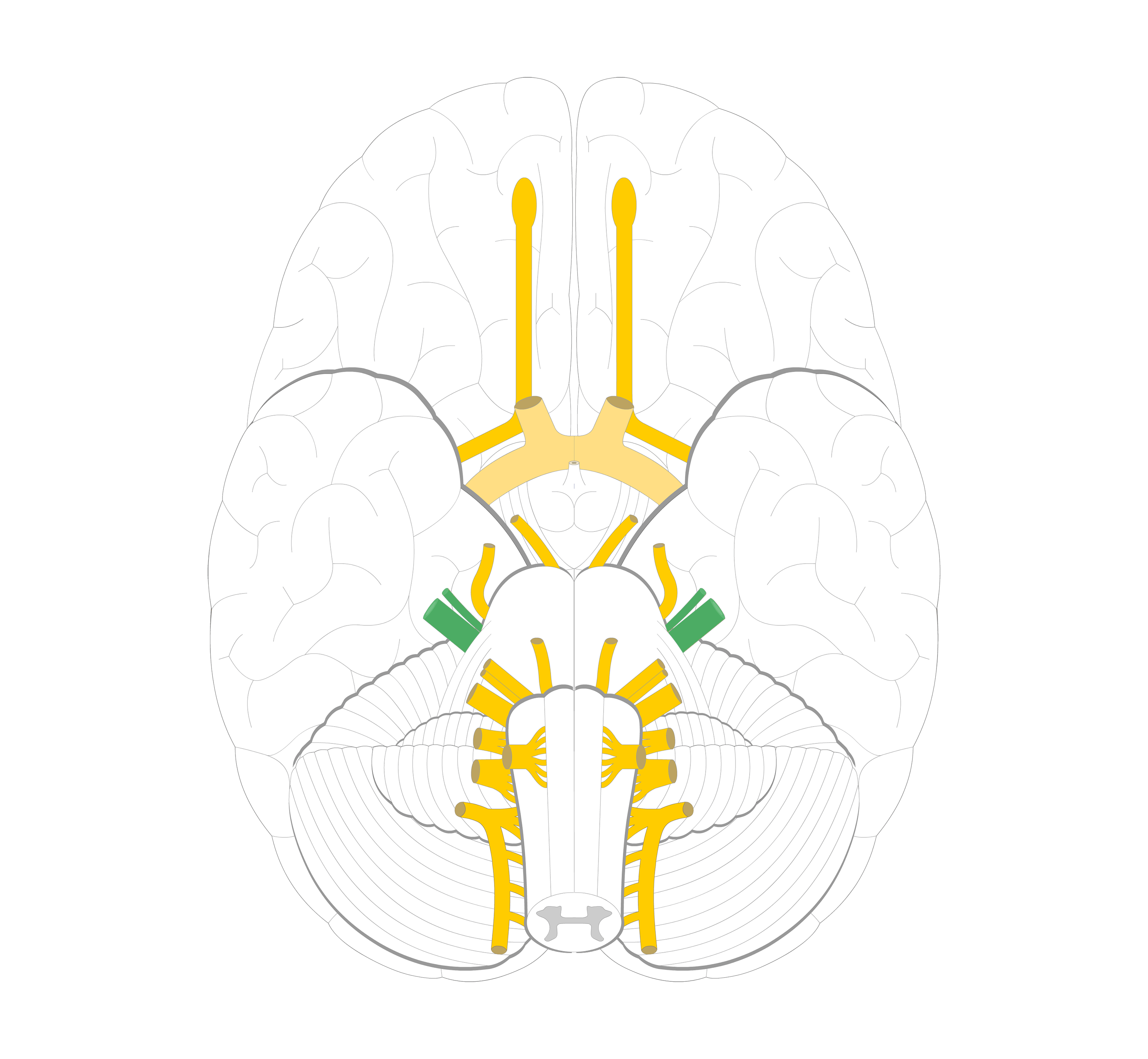
abducens (VI)
mixed; innervates lateral rectus eye muscle
Test: w/ III & IV
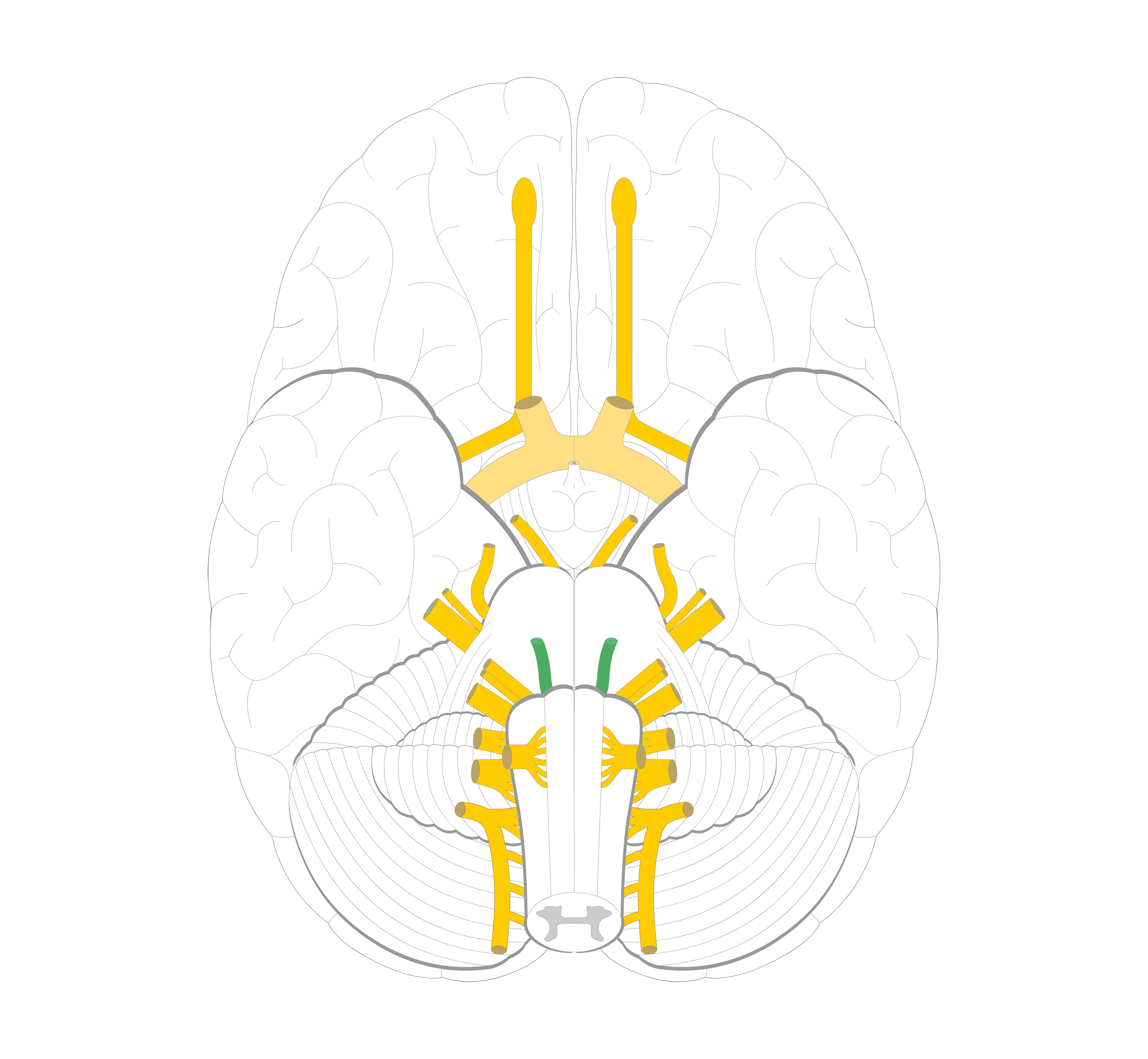
facial (VII)
mixed; motor to face & taste
Test: taste & facial expressions
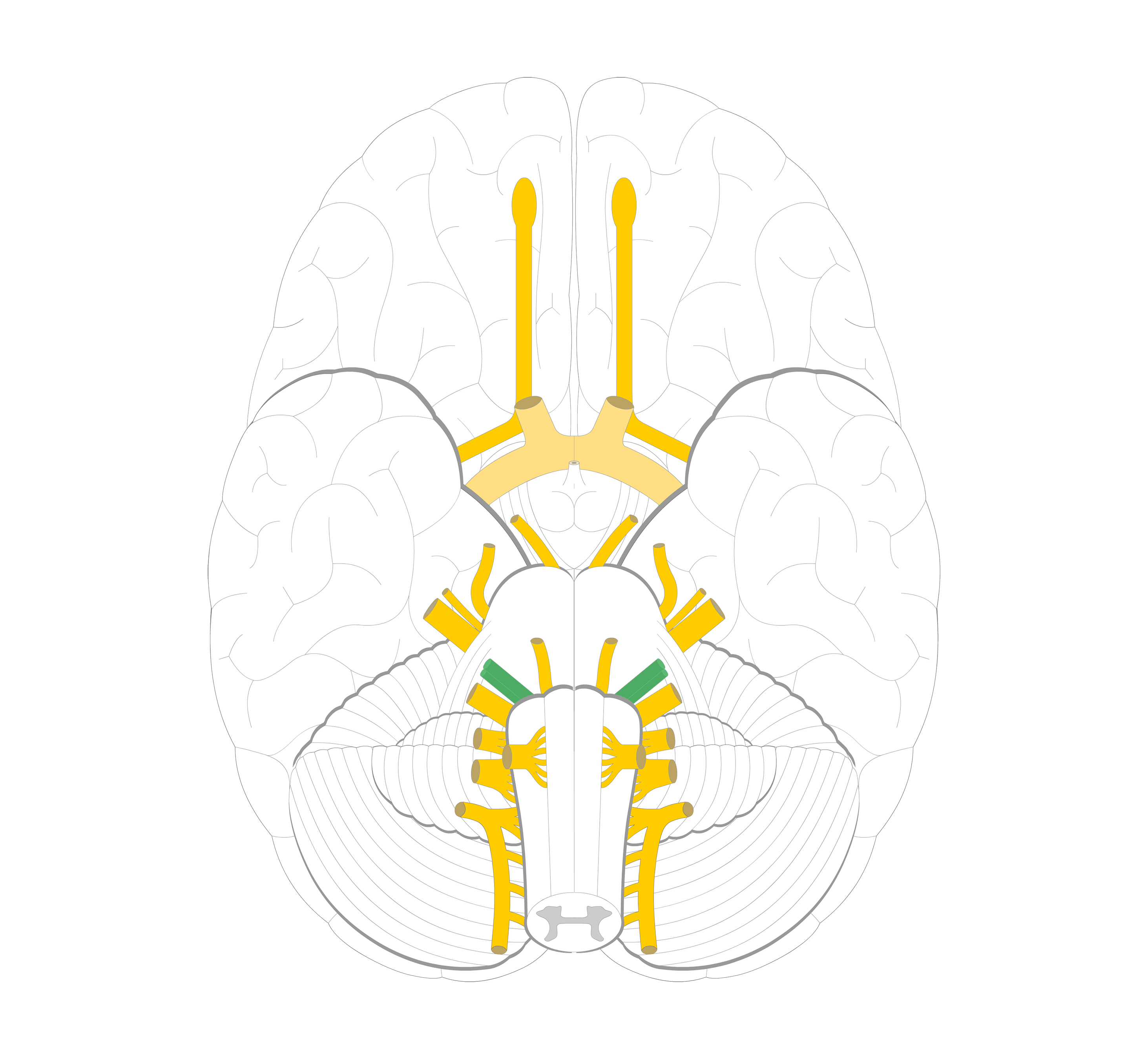
vestibulocochlear (VIII)
sensory only; hearing & balance
Test: w/ 512 tuning fork
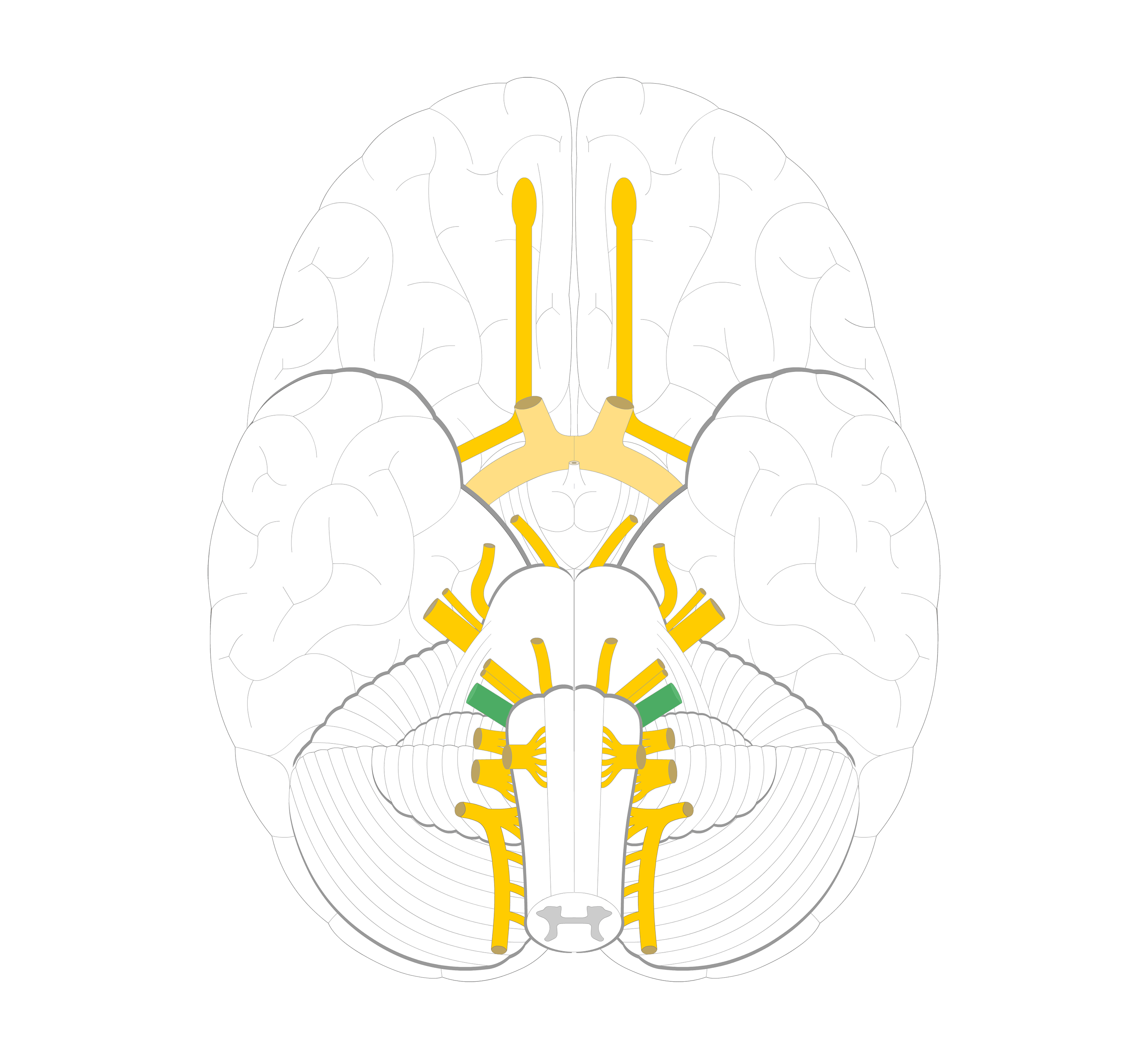
glossopharyngeal (IX)
mixed; motor impulses to muscle in pharynx involved in swallowing
Test: by speaking, coughing
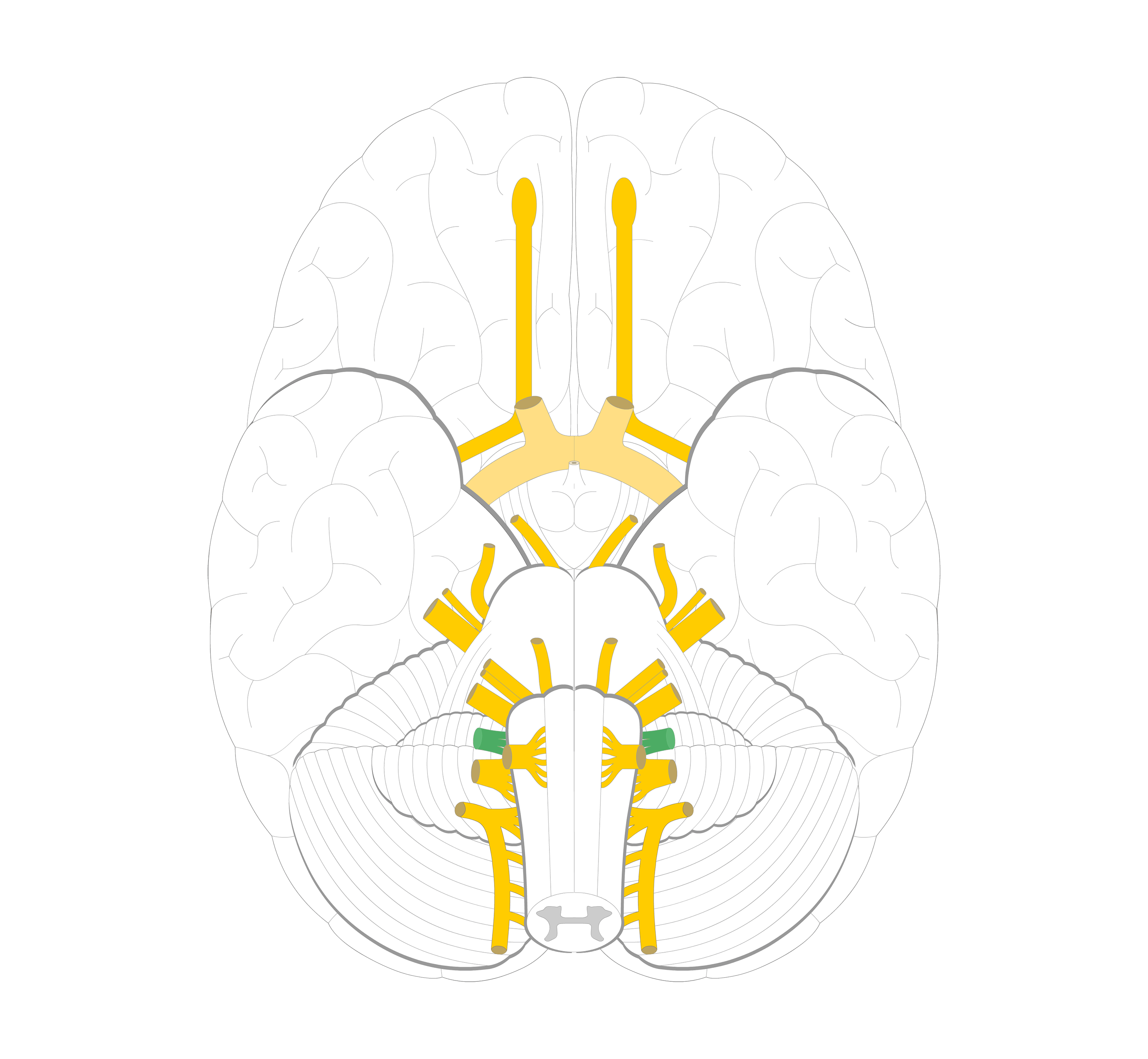
vagus (X)
mixed; provides gag reflex
Test: w/ IX both do swallowing
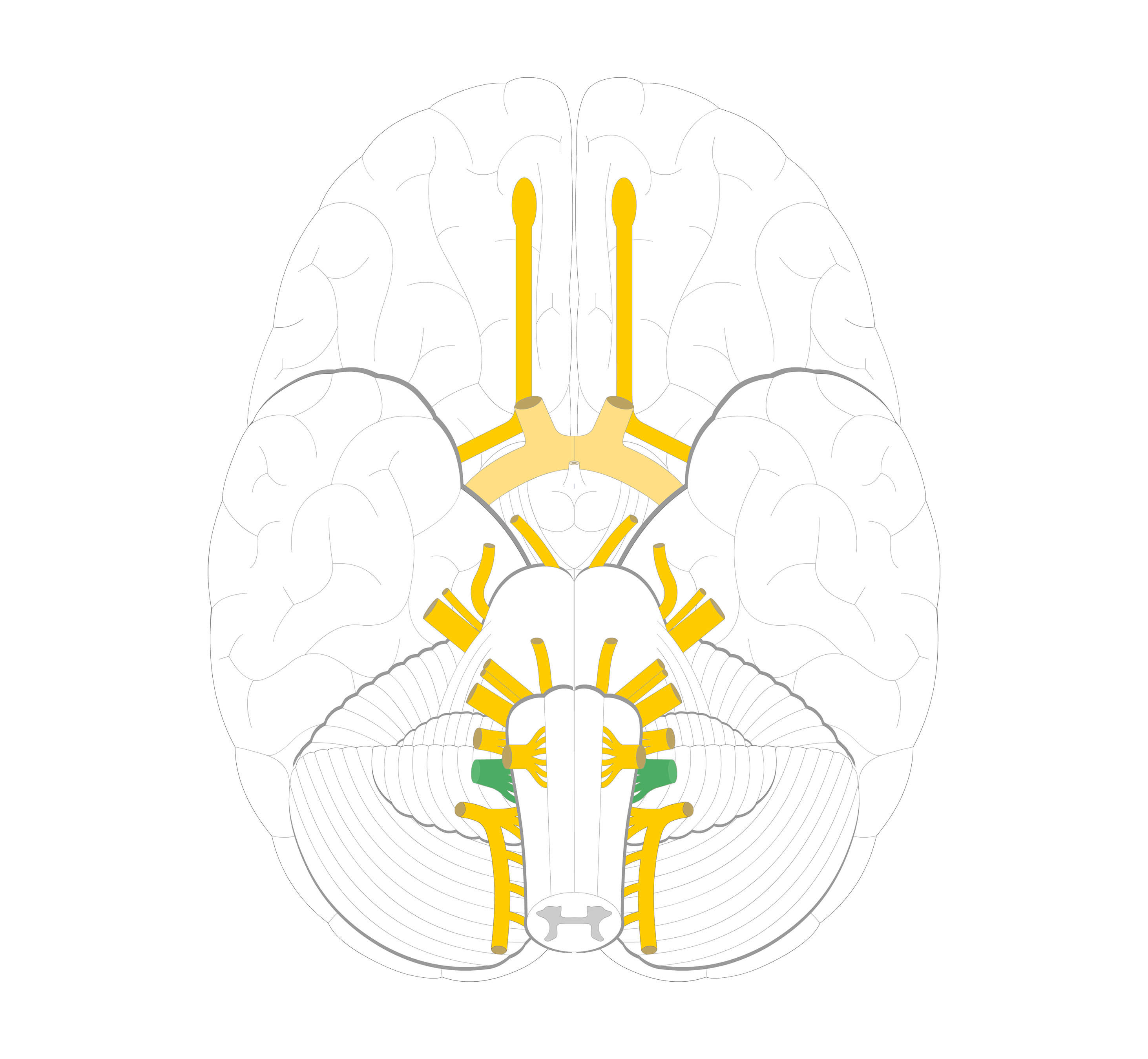
accessory (XI)
mixed; supplies SCM & trapezius
Test: contract against resistance
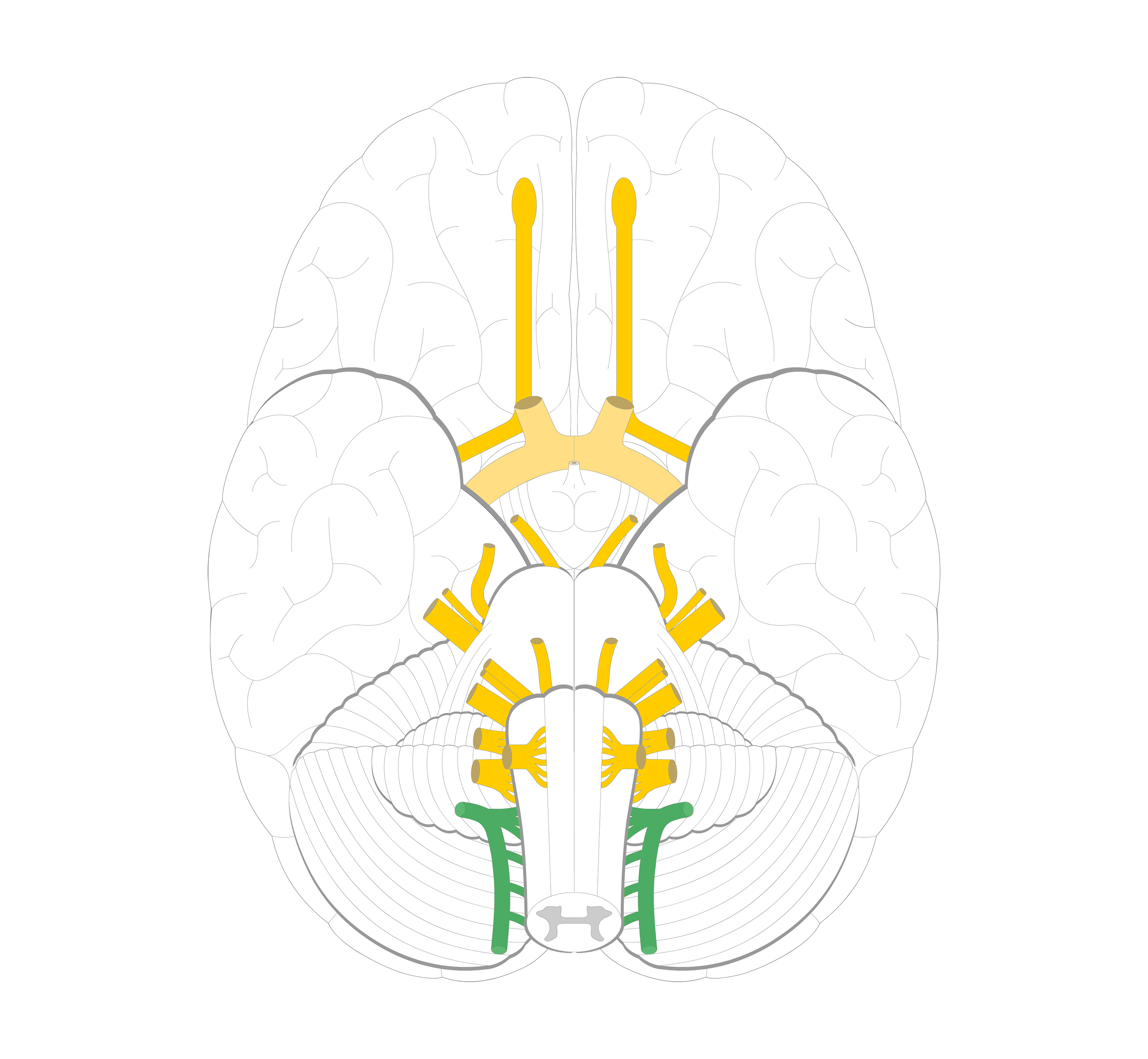
hypoglossal (XII)
mixed; motor control to tongue, swallowing, & speech
Test: protrude/retract tongue
